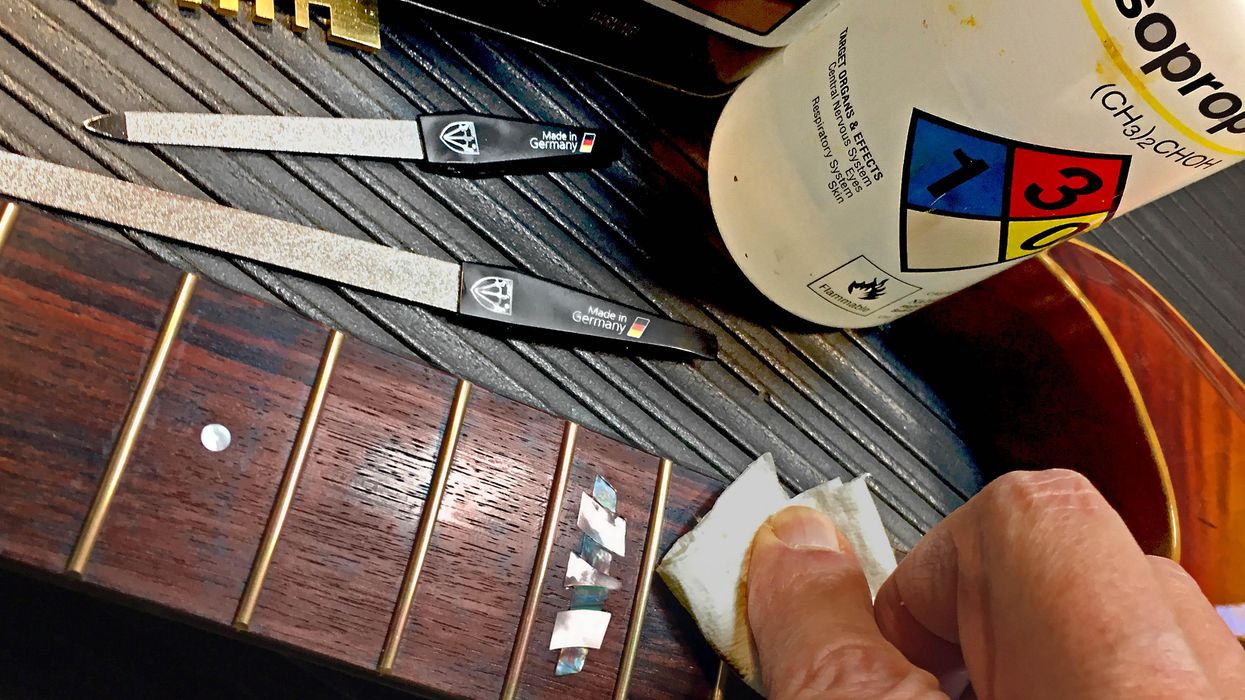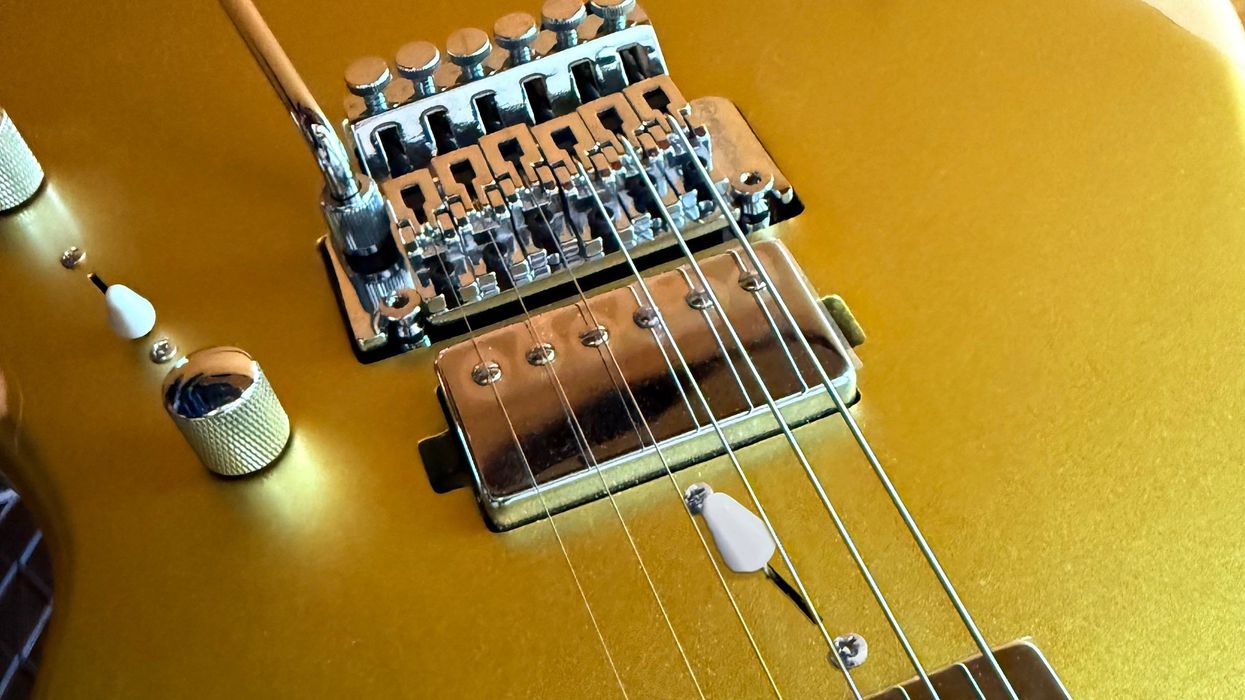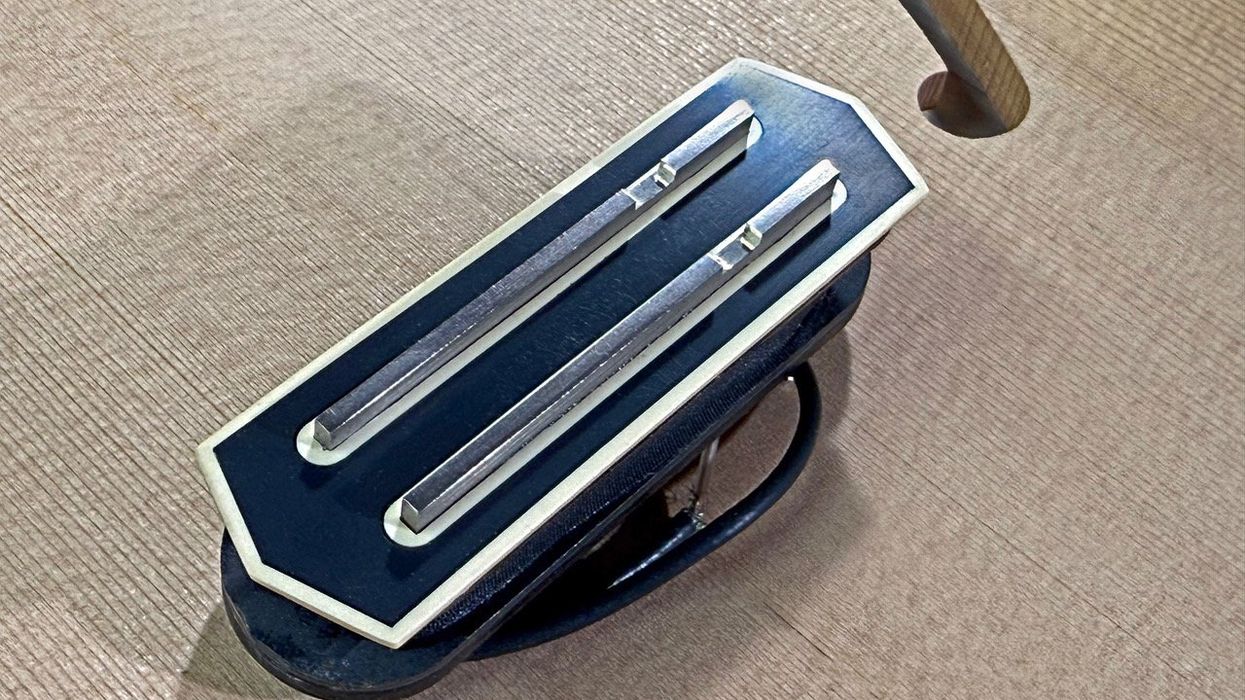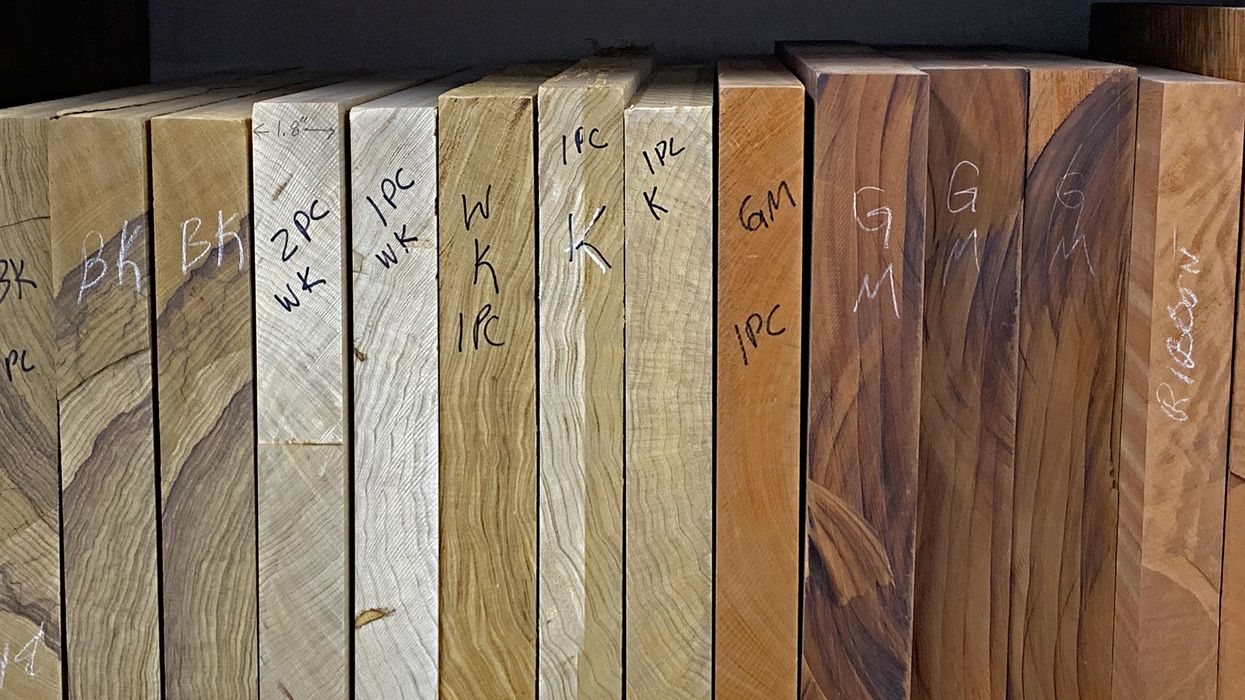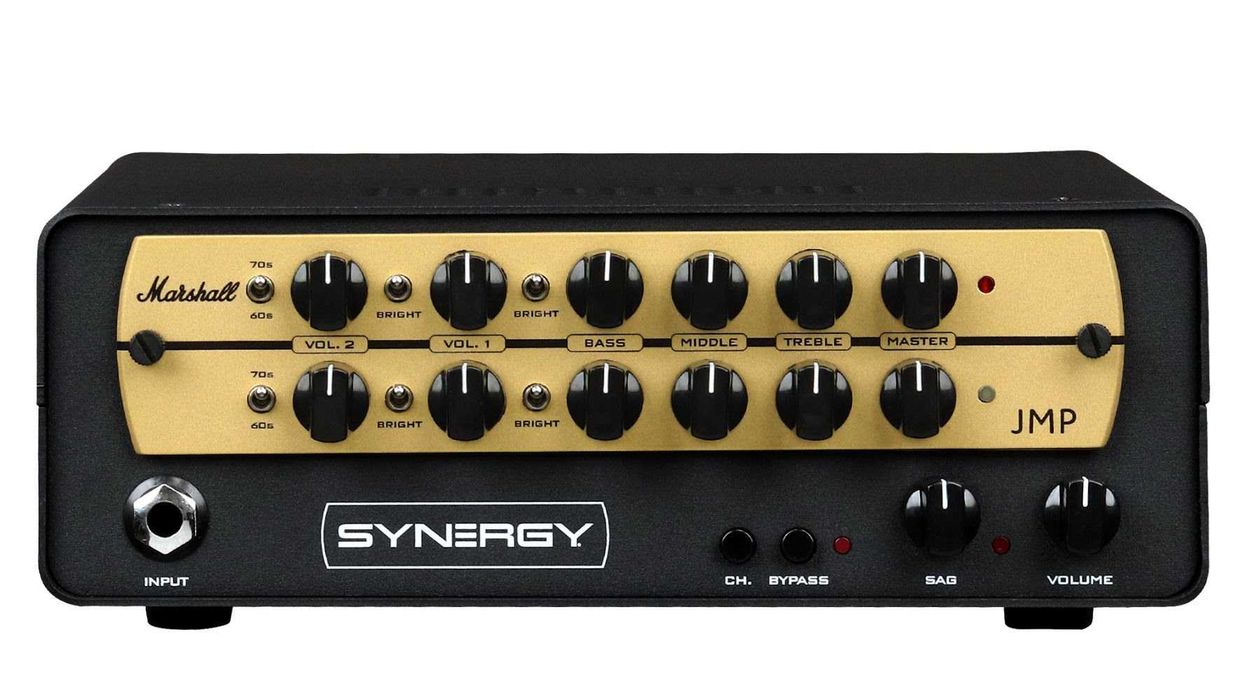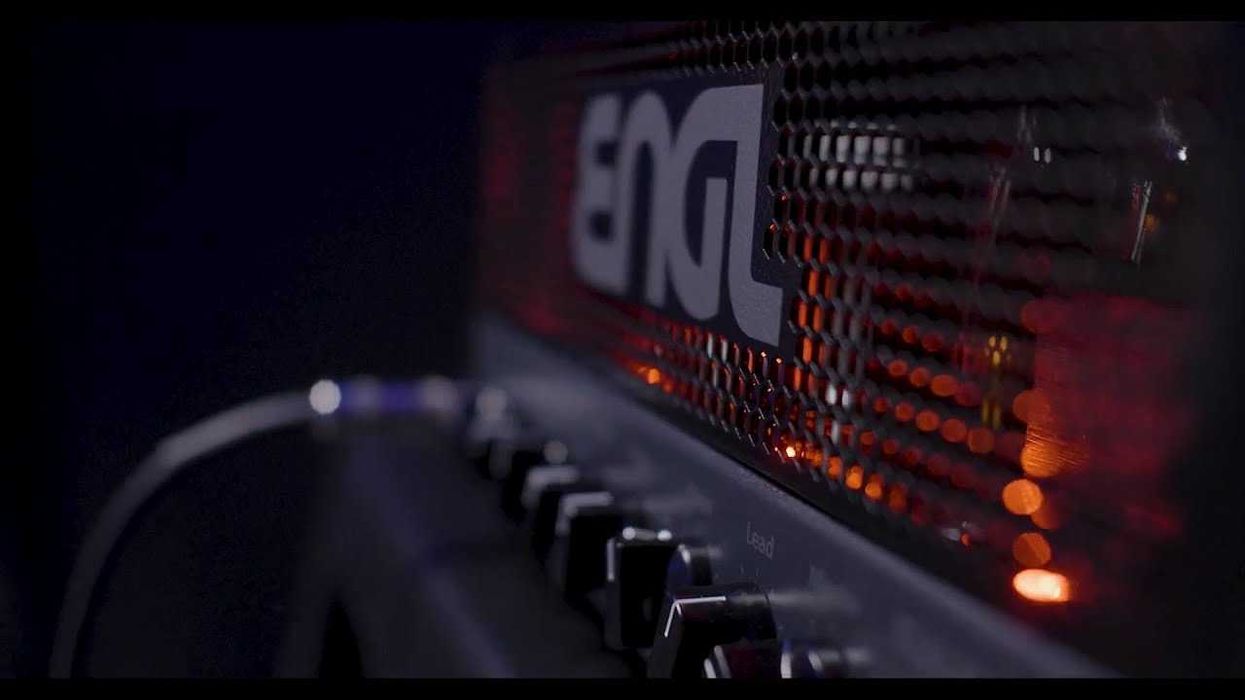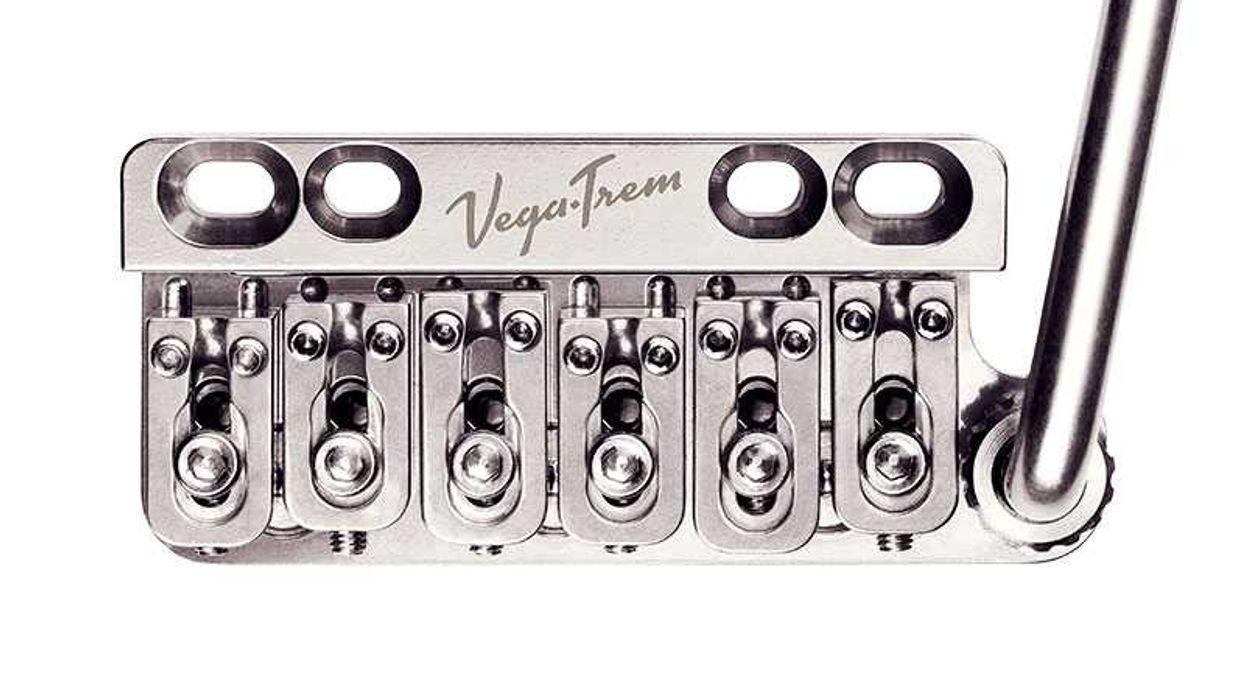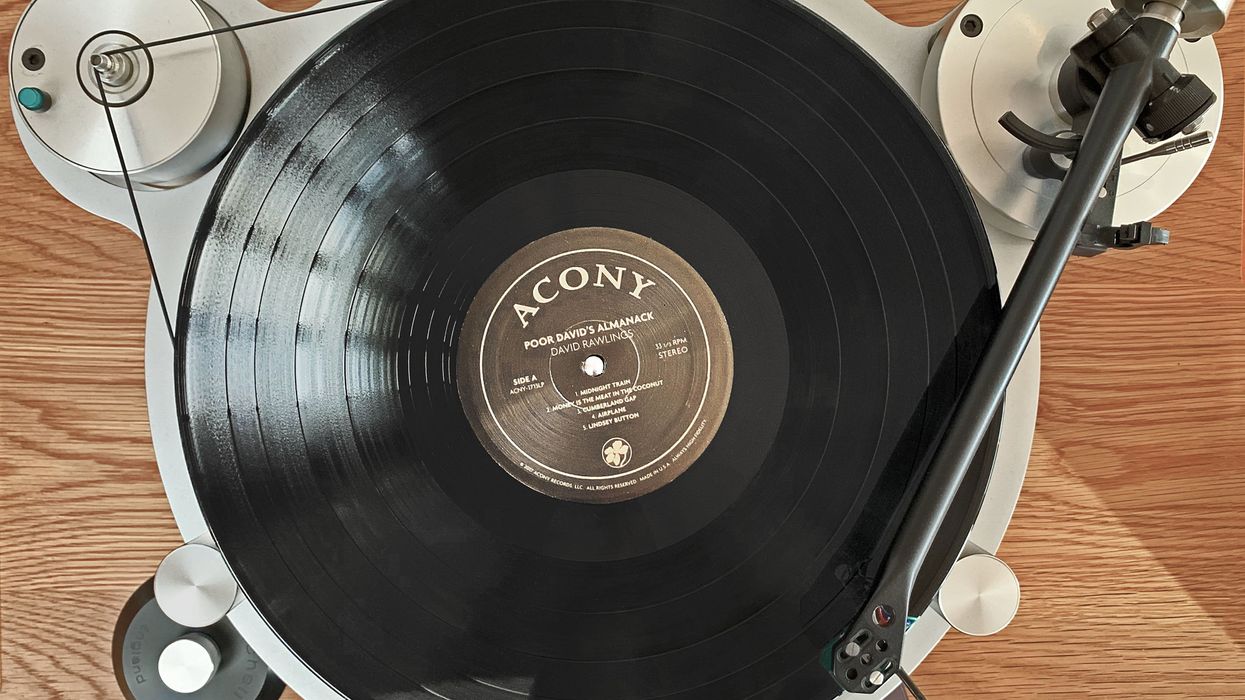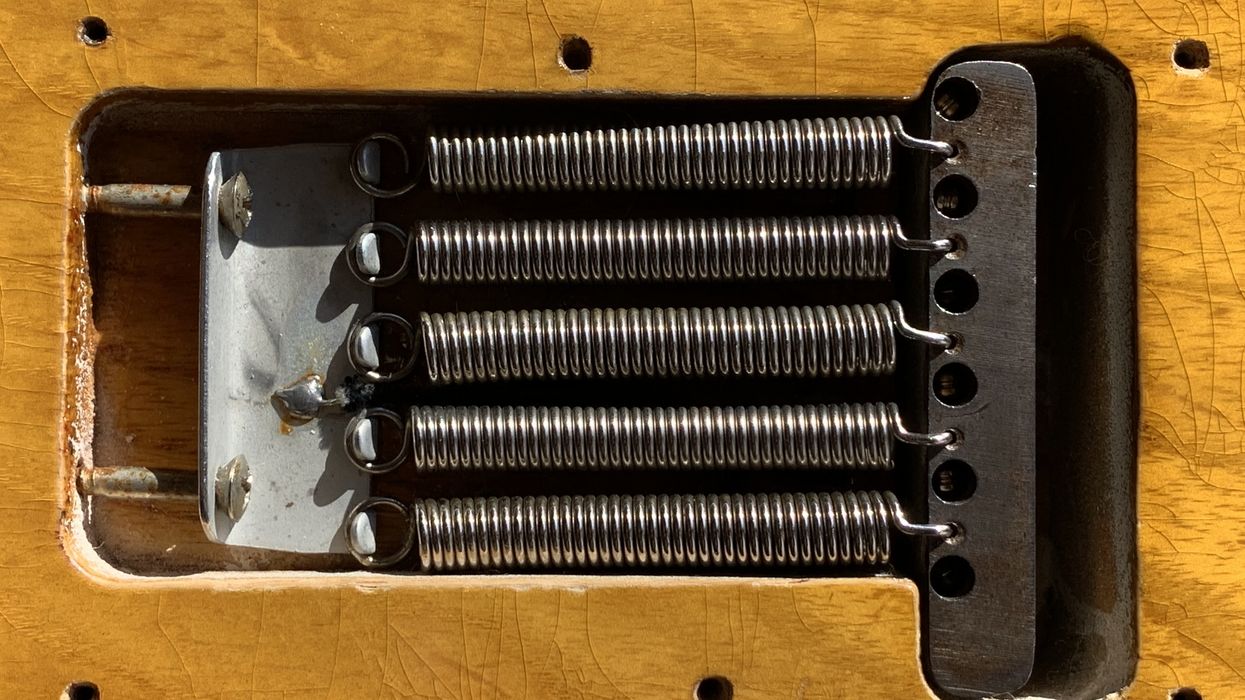The problem with giving advice is that there are many different approaches to everything, and usually more than one "right" answer. With my five decades of taking guitars apart, and sometimes putting them back together, I take a lot of stuff for granted, and I admit that I'm still learning. But ignoring all that, I'll just forge ahead and share the inexpensive tools and materials needed to do some of my favorite little tricks.
Alcohol
The solvent, not day-drinking. Pharmacy grade isopropyl is a pretty good at most cleaning chores, and is fairly benign. It's great for cutting through the gunk that accumulates on guitars, and it won't harm your finish. If you've bought an entry-level Jazzmaster slathered with stickers, this is just the thing to get you back to a clean slate. You can usually degrease hardware and de-schmutz fretboards without fear of harming your prized axe. Isopropyl works great on sticky fingers, too.
Naphtha
When cleaning with alcohol fails, naphtha is a DEFCON-level higher. You may know it as benzine or lighter fluid. It's way more caustic than alcohol, and it's also carcinogenic, so wear gloves and a NIOSH-approved respirator rated for organic vapors when you're using this stuff. It's highly flammable (lighter fluid, right?) and dangerous enough that a half-dozen states have banned its sale. Oddly, it's mild enough to use on nitro finishes. I used this stuff for wet-sanding nitro for years, until a sander exploded in our shop. I immediately switched to dry sanding with open coat paper. I caution you not to use this solvent unless it's your last resort.
Tri-Flow
This is as close to a miracle as you can get for $15. A Tri-Flow pen is a great way to lube whatever ails your gear. Got a sticky truss rod nut? One drop on the threads and washer and you're off to the races. Noisy fan? Squeaky bearings? Rusty pliers? You guessed it, Tri-Flow to the rescue. Loosen up those case hinges and hasps. In Chicago, I put a drop in my shop door lock to keep it working when it was 25 below zero.
Flattening Paste
This is some old-school spray-painter tomfoolery. Want to get that dull matte or flat finish effect when painting your guitar? Don't pay for matte lacquers, just add a little of this stuff to your gloss clear and you're good to go. Build up the clear coats with your regular gloss clear, and then do a final coat with some flattening paste mixed in. You won't see it working when you spray, but when it dries, the effect kicks in. Experiment with the formula on a scrap piece starting with a mix of about 5 percent at first, and increase until you get what you want. The crazy thing is that if you don't like the way it looks, you can just buff it out to gloss like normal.
Diamond Nail Files
Luthier supply shops get serious coin for diamond-coated files because they work great and last almost forever. My suggestion is to get a set of German-made diamond nail files from Amazon. You can get a set of five different sizes for 10 bucks! I use them to deburr sharp edges on bridges, frets, and anything that needs a quick smoothing. Buy two sets and put some in your gig bag. You can also file your nails with them.
Notched Fret Cauls
Check out StewMac to pick up a set of notched fret-press cauls. These things won't get used that often, but if you have a lifted fret at a gig, or if you're just too lazy to take the strings off, this is the nazz. The cool thing is that, in a pinch, you can place the caul on the high fret (the strings go in the notches) and just hammer it lightly with a Shure 58 to reseat that buzzy fret.
Watco Oil
Step up your fretboard prep to the pro level with Watco. Technically a penetrating varnish, it looks great and seals wood against moisture, which stabilizes your neck. Start with a cleaned fretboard, then apply natural Watco on your rosewood or ebony, being careful not to drip any on lacquer. If you're worried, mask off the sides of the neck. Follow the directions on the can. Apply with a soft rag or paper towel, and flood it with two or three liberal passes until it stops absorbing. Don't worry if you get a little on the frets, but generally try to avoid them. Wait 20-30 minutes—that's the secret, so go do something else for a while. Come back and add a light coat and buff to a shine with a cloth. Let it cure overnight.
There are a zillion little shortcuts and tricks you pick up with time and experience, and these are just some of the ones I use almost every day. Like I said, I'm still learning, so I'm passing these on to you. If even one of them helps you out, you've made my day.
